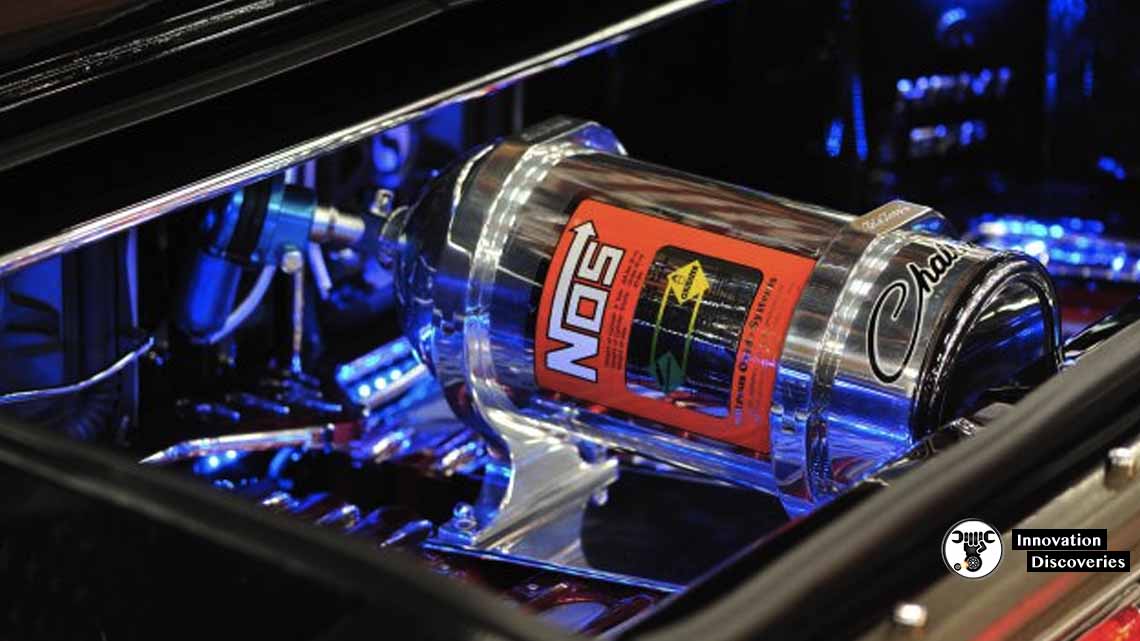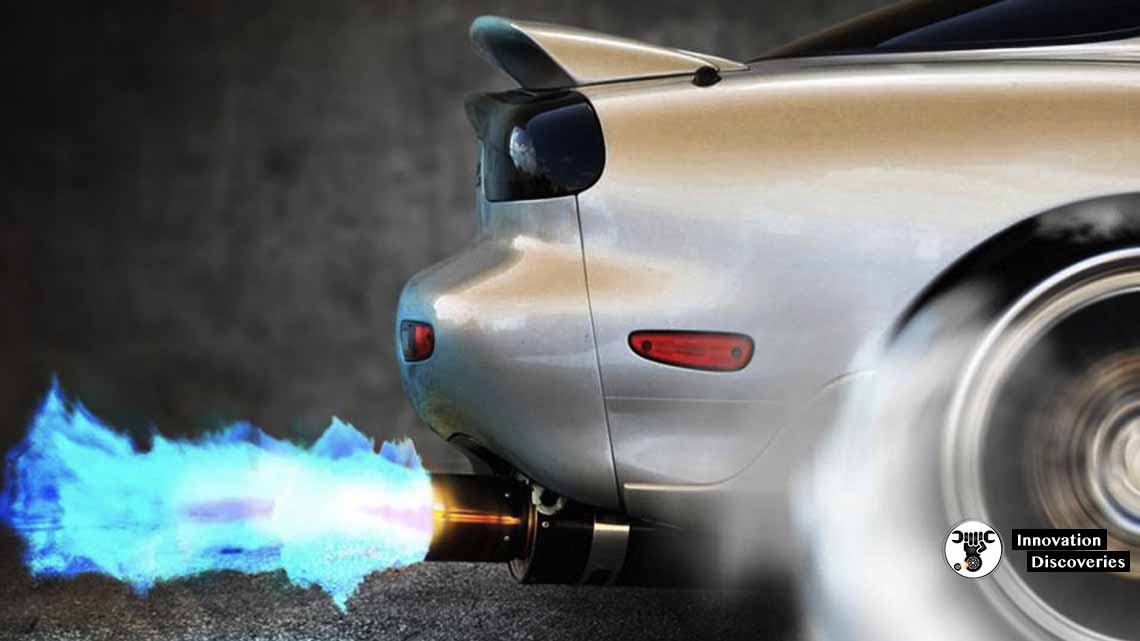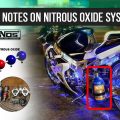Many of us would have come across the term Nitro boost or ‘NOS’ in race cars and bikes. With the push of a button, We get a sudden surge in power and torque which helps us to overtake our opponents.
The question is, How this nitro boost works and what enables the engine to produce a surge in power?
Also, read:
TORQUE CONVERTER: FUNCTIONS, PARTS, WORKING PRINCIPLES, AND TYPES
This article is to throw some light on the working of Nitrous Oxide and the working of it. Before that, we have to understand what causes an internal combustion engine to produce power.
The power produced is the result of a chemical reaction between air and fuel.
Air contains nitrogen (approx. 78%) and oxygen (approx. 21%) and some other gases.
Nitrogen gas is non-combustible and doesn’t take part in the chemical reaction.
We have only oxygen left to help with the combustion. Hence, we can conclude that oxygen is required to burn fuel.

If we can increase the amount of oxygen intake to the engine, the amount of fuel intake can also be increased, and as a result, we can increase the power output of the engine.
The whole idea of nitrous oxide is to provide the engine with excess oxygen to increase the power output from the engine.
A nitrous oxide tank consists of ammonia nitrate, Nitrous oxide and other varieties of nitrogen gas stored in liquid state, But it becomes gas when exposed to atmospheric conditions.
As a result of vaporization, Nitrous oxide significantly reduces the intake air temperature.
Cold air has more oxygen Density and increases the overall volumetric efficiency of a cylinder.
With oxygen content increased, We can also supply more fuel to burn and produce excess power.
Also, read: How does intercooler work?
Types of Nitrous System:
Wet Nitrous System:
In this system, nitrous oxide is mixed with fuel and sprayed in the intake manifold.
This makes the inside of the walls of the manifold wet. A special type of nozzle is used to Meter the fuel and nitrous in required amounts and then inject it in the manifold.
The air-fuel mixture formed should result in proper atomization to gain more power. This system is more efficient than the dry type.
Dry Nitrous System:
In this system, only nitrous oxide is injected in the intake manifold. Fuel is injected through a separate fuel injector.
Nitrous oxide vaporizes resulting in the cooling of air.
The increase in the density of oxygen can be detected by mass airflow (MAF) sensor, and the ECU after receiving the signals can direct the electronic fuel injector to; Increase the timing it remains open to inject fuel.
The additional fuel introduced can burn with the excess oxygen to provide additional power.
Do flames come out of the exhaust when we use Nitro?

This is also a common question inspired by video games and movies.
But the answer is no. Flames cannot come out of the exhaust pipes with the application of nitro.
Read More:


